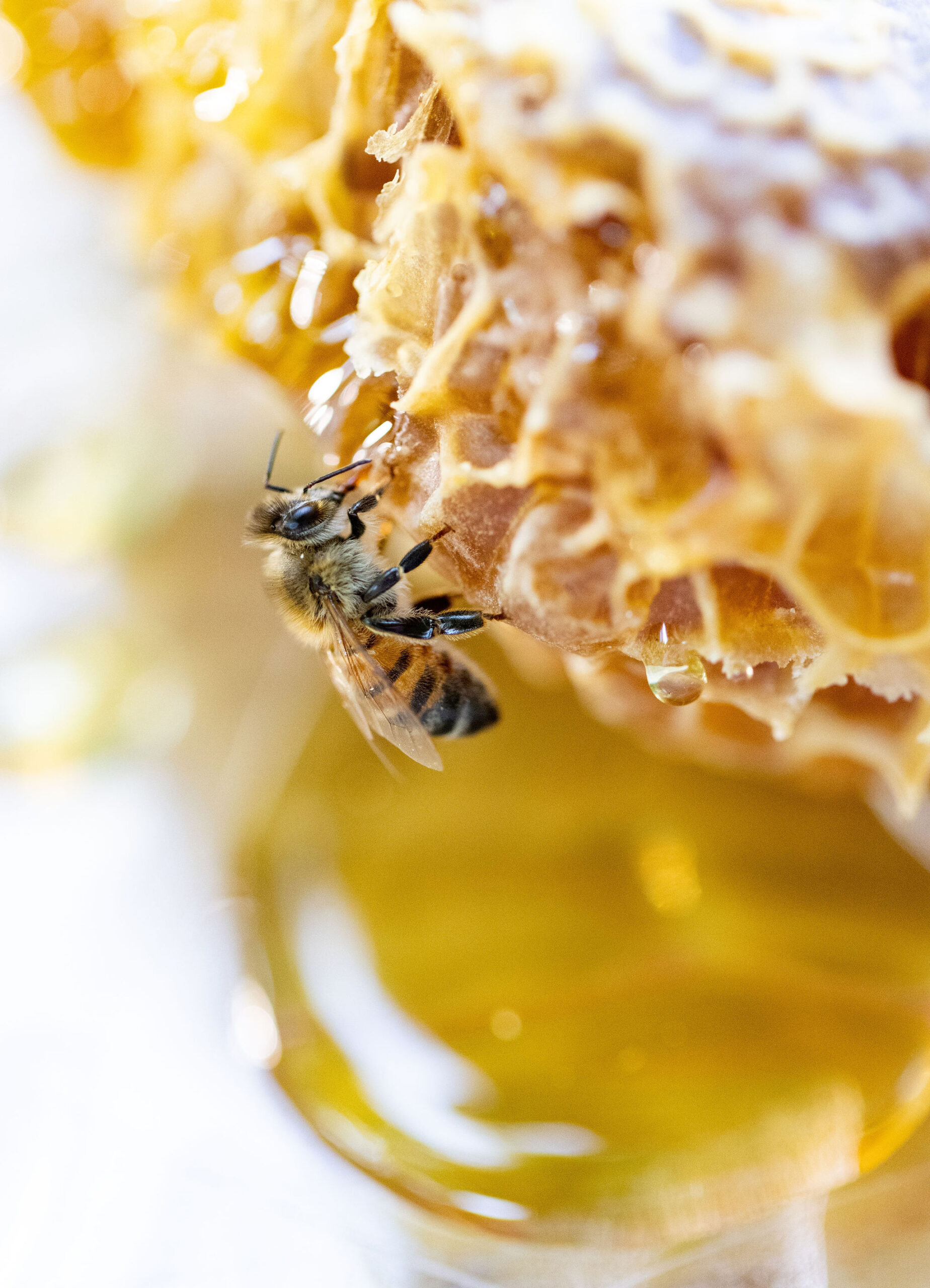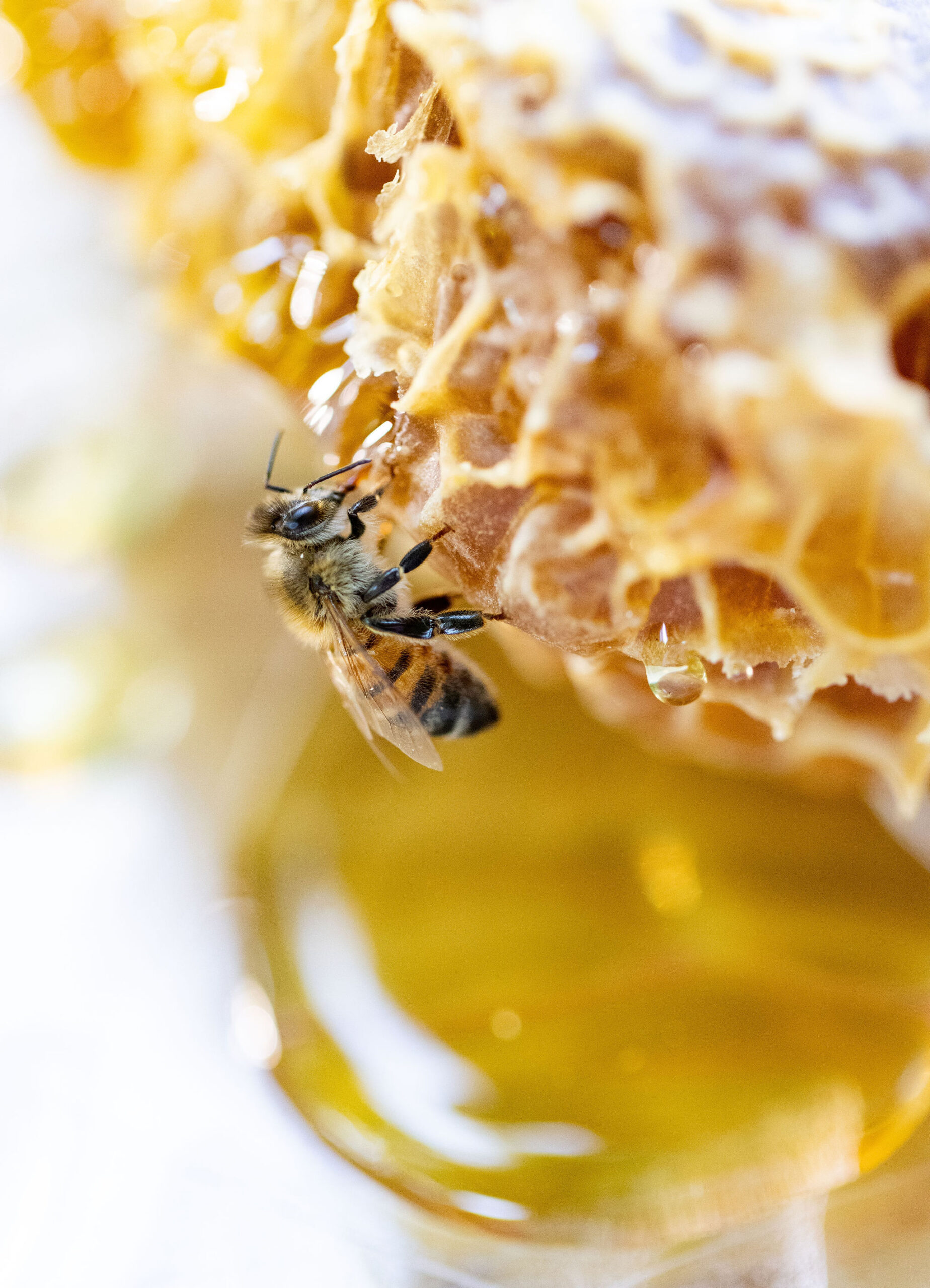FREE SHIPPING WHEN YOU ORDER $35 OR MORE

Creamed Honey and its Role in Beekeeping

Creamed Honey and its Role in Beekeeping
Honey, in its myriad forms, has been an integral part of human history for thousands of years. Among its many varieties, creamed honey stands out for its delightful texture and unique production methods. But what role does this honey play in the world of beekeeping, and how do beekeepers ensure they produce the best quality creamed honey?
Creamed Honey Production: A Boon for Modern Beekeepers
Creamed honey, whipped honey or churned honey, has undergone a controlled crystallization process. This results in a product with a smooth, spreadable consistency, which many prefer over the more liquid form. The control over crystallization allows beekeepers to expand their product range, catering to a broader audience. It can fetch a premium price in the market.
The Symbiotic Connection: Bees and Creamed Honey Craftsmanship
Creating creamed honey is delicate, relying on a balance between temperature and seeding to achieve the perfect consistency. While beekeepers are essential in this process, the bees lay the foundation by producing the initial honey. It’s a mutualistic relationship where bees get a thriving environment, and beekeepers get a high-quality product.
How Creamed Honey Supports Thriving Bee Colonies
Producing creamed honey requires beekeepers to maintain healthy, thriving colonies. A more substantial colony means more honey and, in turn, a greater yield of creamed honey. By focusing on producing creamed honey, beekeepers are inherently motivated to invest in the well-being of their bee colonies.
Beekeepers’ Guide to Producing High-Quality Creamed Honey
High-quality creamed honey begins with raw, unpasteurized honey. Once harvested, the honey is allowed to rest and then seeded with a small amount of pre-existing creamed honey. The mixture is kept at specific temperatures to encourage crystallization, resulting in a finely textured creamed honey.
Beekeeping Techniques for Premium Creamed Honey Yield
To maximize their yield, beekeepers ensure:
- Regular hive inspections to ensure bee health.
- Seasonal management practices like swarm control.
- Keeping their bees in environments rich in diverse flora.
- Harvesting honey at optimal times.
Creamed Honey and Sustainable Beekeeping Practices
Creamed honey production promotes sustainability. As the demand for this honey type grows, beekeepers are encouraged to use practices that ensure bee health and sustainability. This means avoiding harmful pesticides, providing bees adequate forage, and protecting them from diseases.
Exploring Creamed Honey’s Influence on Bee Behavior and Health
While creamed honey is more about post-harvest processing, its demand indirectly affects bee behavior and health. As beekeepers aim for higher yields, they become vigilant about their colonies’ health, leading to better bee management practices.
Beekeeping Traditions and Creamed Honey: A Historical Perspective
Historically, creamed honey naturally resulted from honey crystallization in cooler climates. Ancient beekeepers saw the value in this spreadable honey and developed methods to produce it consistently. It became a sought-after delicacy in many cultures and remains so today.
Innovations in Beekeeping Methods: Enhancing Creamed Honey Production
With technological advancements and a deeper understanding of bee biology, modern beekeepers can control the crystallization process more effectively. Innovations like temperature-controlled storage and advanced seeding techniques have elevated creamed honey production to an art.
Consulting Experts: Beekeepers’ Insights on the Harmonious Relationship between Bees and Creamed Honey
Seasoned beekeepers understand the delicate balance between bees and their products. Consulting these experts reveals a universal truth: the harmony between beekeepers and their bees is the foundation for any high-quality bee product, creamed honey included.
Creamed honey plays a pivotal role in modern beekeeping. It signifies the union of tradition and innovation and highlights the beautiful interplay between bees and beekeepers. As we spread that smooth honey on our toast, let’s take a moment to appreciate the craftsmanship that goes into its creation.